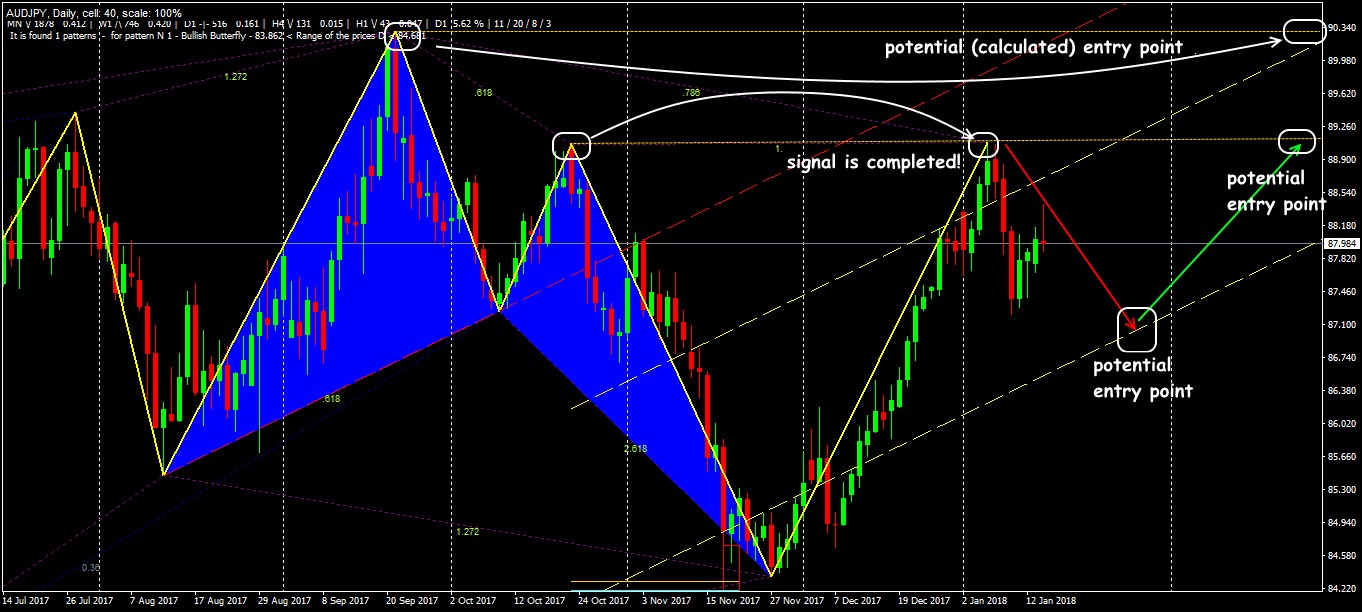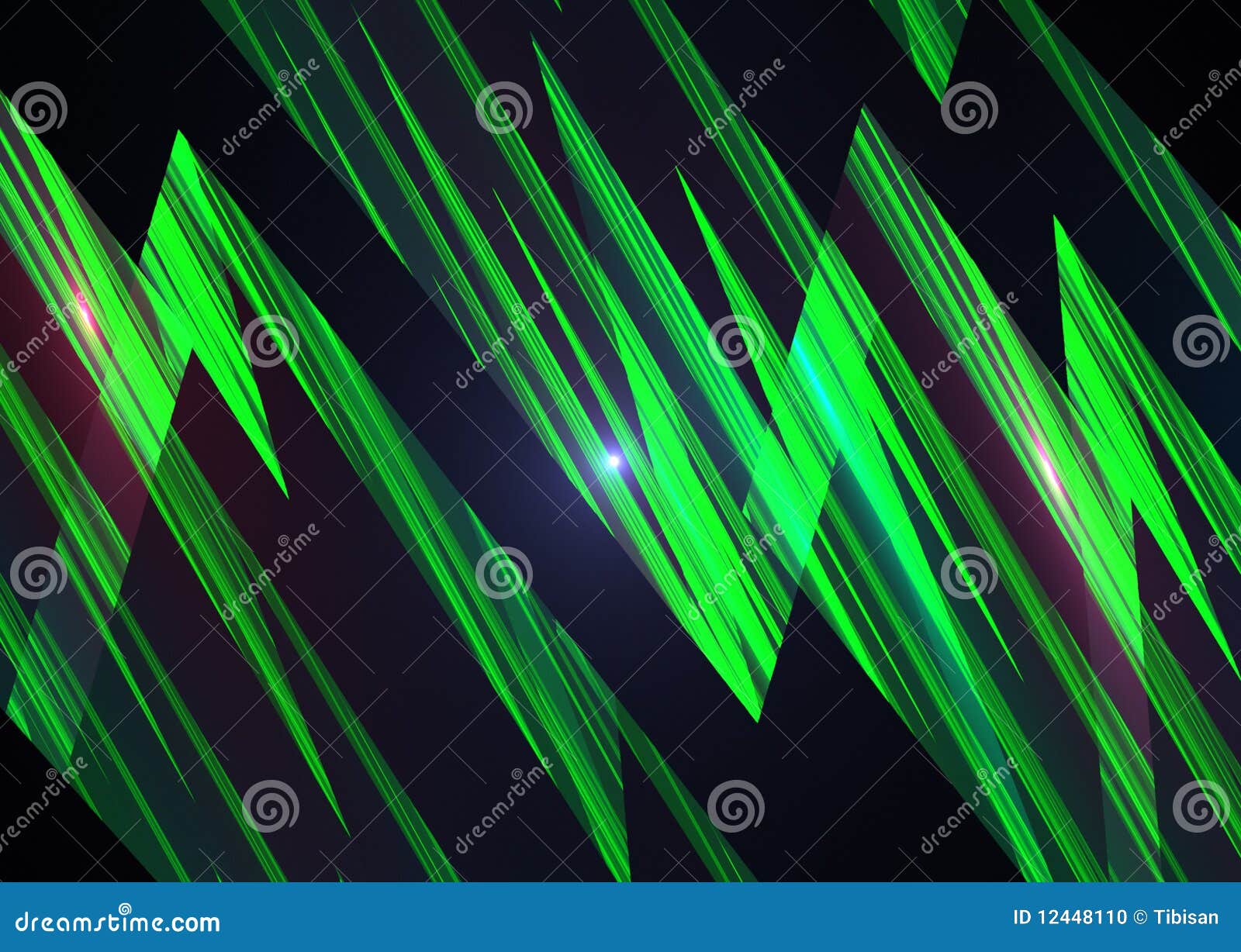
The only difference is the way a layer of lines is printed. Zig-Zag: The zig-zag infill pattern is quite similar to the lines infill pattern and has the same advantages and disadvantages, as well as use cases. This makes this pattern unsuitable for parts that are meant to experience even moderate mechanical forces. The prints are moderately strong when compressed from the sides but because there is no structural support along the Z-axis, they don’t support much force in a vertical manner. It is also suitable for printing decorative objects like figurines, and models. This means that the parts are lightweight and can be buoyant on water. The lines infill pattern is recommended for printing test objects and prototypes because it consumes less material and has a quicker print time than most other patterns. In other words, these horizontal lines are printed along the X-axis and Y-axis of a 2D plane.

All the lines in the same layer have the same direction, but the angle between the lines of the successive layers is 90 degrees. Lines: The lines infill pattern is a 2D infill pattern and as the name suggests, it consists of layers of horizontal lines. The difference can only be spotted by looking at the edges of both infill patterns.

Low Strength infill patterns (Lines, Zig-Zag) Left: Lines Infill Pattern. So, here are the 13 infill patterns that are currently being offered by Cura and we will briefly discuss their advantages, and disadvantages and the rationale for using each of them. What sort of pattern you choose should depend on the needs of a particular part. Check out our recommended products section Different infill patterns and their use.Summary: Infill for different print types.
#Gear guage zigzag lines how to
How to increase the Strength of a 3D Print?.Additional factors that can affect a prints’ strength.How do infill patterns and density affect printing time?.Different infill patterns and their use.Now, without any further ado, let’s get started! The source for this information can be found in this 2016 study here. For most prints, the overall strongest pattern is honeycomb with an infill of about 50%. This is only true, however, if the forces applied follow the same direction as the infill layers. In Short The combination of a rectilinear pattern with a 100% infill shows the highest tensile strength with a value of 36.4 Mpa. In this article, I will go over the different infill patterns that are available, when to use them (depending on the strength that the print requires), how to make a 3d print stronger, and more! These different properties can make one pattern more desirable than another depending on what you intend to do with the part afterward. There are important factors to consider when choosing a pattern for your parts, such as strength, print duration, and flexibility of the finished product. Infill patterns have benefits, but also drawbacks.

Most people make the mistake of assuming that these factors are only dependent on the number of shells/perimeters and the infill density, however, there is a good reason that Cura offers 13 different infill patterns since there is much to consider when choosing an infill pattern for a particular part. Gauge Chart TypeĪdd a type attribute to your chart object and set the value to gauge.Infill patterns conform to the interior structure of a 3D printed part and they have a significant effect on your part’s print time, filament consumption, flexibility, strength, weight, and what it can be used for. Note: See our Gauge Chart Gallery for inspiration on all the different gauge chart possibilities. pyramids radar range rankflow scatter scorecard stock stream sunburst Tile Map tree module Tree Map variwide Vector Plot venn diagram violin waterfall Word Cloud integrations angular AngularJS JQuery nextJS nodeJS phantomJS PHP react svelte vue web component FAQ ZingChart help center getting started your first chart ZingChart branding change log
#Gear guage zigzag lines generator
Getting started your first JavaScript chart where to go next adding additional charts anatomy of a ZingChart data basics using the zingsoft studio API JSON configuration events methods build generator custom modules export chart themes ZingChart modules ZingChart object and methods ZingChart render elements graphset labels legend markers media rules mobile charts plot series styling rules scales titles tokens tooltips value boxes widgets features context menu crosshairs dragging drilldown internationalization performance selection shared interactions zoom scroll preview loading data CSV MySQL passing data as JS objects real time feeds using JSON data using PHP and ajax styling 3D charts animation arrows choropleth maps error bars images number formatting patterns shapes themes chart types 3D area bar Box Plot bubble pack bubble pie bubble bullet calendar chord depth flame funnel gauge grid heat map heatmap plugin interactive maps line mixed nested pie organizational diagram pareto pictograph pie pop.


 0 kommentar(er)
0 kommentar(er)
